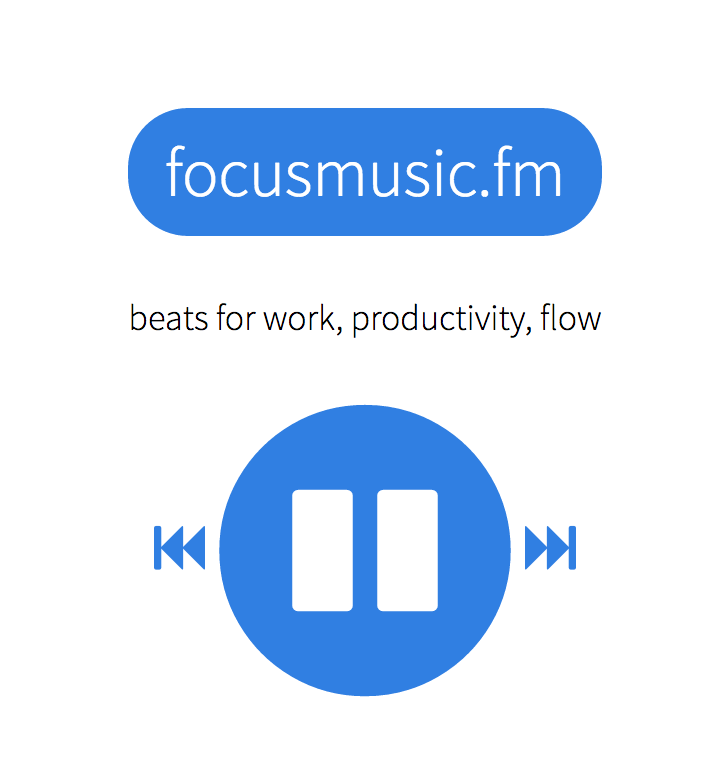This week I wanted to tell you about my online store, Good Sensory Learning. I’m Dr. Erica Warren, and I established this site so I could share all the materials that I have created over the last 20+ years as a learning specialist and educational therapist. When I first began my private practice, Learning to Learn, I had great difficulty finding fun and multisensory materials for my students that were effective and engaging. So back in 2005, I made it my mission to design and distribute high-end, remedial products as well as memorable, motivating lessons that bring delight to learning. If you would like to try a free sampling of my activities , CLICK HERE . How Are the Products Organized at Good Sensory Learning? You can download my Free Printable Catalog or you can browse the site using the grey “search all products” bar in the top right of any page with keywords such as dyslexia, working memory, and executive functioning. What’s more, drop down menus in the red banner allow you t...
Having to complete homework after a full day of school is really challenging for some learners. The thought of having to pull out books and get back to work after sitting at a desk for most of the day can be an overwhelming and daunting undertaking. In fact, many students would rather do just about anything than school work. So what can we do to help them get through their assignments in a focused and mindful manner?
A Consistent Beat Can Help Improve Mood, Attention, Processing Speed and Stamina
 Metronomes have been used to enhance abilities in sports and music for decades, and but did you know that for some learners, a consistent beat playing in the background can help to improve mood, attention, processing speed and stamina? A metronome is a device that produces an audible beat—a click or other sound—at regular and consistent intervals. While a slow beat can be calming, a fast beat can increase one’s energy level and processing speed. The trick is to use a device that allows a student to select their own speed and sound preferences. If, for example, you are trying to increase processing speed, then the metronome can be increased slowly over time. Downloadable apps are one option, but my favorite choice is a free online site: https://www.8notes.com/metronome/. This site offers a number of free accents as well as drum beats. By adjusting the Tempo slider, each student can select the beats per minute. My personal favorite is called Jazz at 120 beats per minute.
Metronomes have been used to enhance abilities in sports and music for decades, and but did you know that for some learners, a consistent beat playing in the background can help to improve mood, attention, processing speed and stamina? A metronome is a device that produces an audible beat—a click or other sound—at regular and consistent intervals. While a slow beat can be calming, a fast beat can increase one’s energy level and processing speed. The trick is to use a device that allows a student to select their own speed and sound preferences. If, for example, you are trying to increase processing speed, then the metronome can be increased slowly over time. Downloadable apps are one option, but my favorite choice is a free online site: https://www.8notes.com/metronome/. This site offers a number of free accents as well as drum beats. By adjusting the Tempo slider, each student can select the beats per minute. My personal favorite is called Jazz at 120 beats per minute.
What if Students Find Loops Tedious?
Some students will find a repetitive beat annoying. While many learners enjoy creating their own playlist from their favorite tunes, if lyrics are distracting, they can always listen to upbeat tracks that do not have words. My favorite online site for this is https://focusmusic.fm/. They play a constant string of free upbeat electronic compilations. Although background beats do not serve all learners, I think you will be amazed at how it can help improve the mood, attention and stamina of many struggling students.
Test out the various options and let me know what you think!
A Consistent Beat Can Help Improve Mood, Attention, Processing Speed and Stamina
What if Students Find Loops Tedious?
Some students will find a repetitive beat annoying. While many learners enjoy creating their own playlist from their favorite tunes, if lyrics are distracting, they can always listen to upbeat tracks that do not have words. My favorite online site for this is https://focusmusic.fm/. They play a constant string of free upbeat electronic compilations. Although background beats do not serve all learners, I think you will be amazed at how it can help improve the mood, attention and stamina of many struggling students.
Test out the various options and let me know what you think!
Cheers, Dr. Erica Warren
Dr. Erica Warren is the author, illustrator, and publisher of multisensory educational materials at Good Sensory Learning and Dyslexia Materials. She is also the director of Learning to Learn and Learning Specialist Courses.
· Blog: https://learningspecialistmaterials.blogspot.com/
· YouTube Channel: https://www.youtube.com/user/warrenerica1
· Podcast: https://godyslexia.com/
· Store: http://www.Goodsensorylearning.com/ & www.dyslexiamaterials.com
· Courses: http://www.learningspecialistcourses.com/
· Newsletter Sign-up: https://app.convertkit.com/landing_pages/69400
· Blog: https://learningspecialistmaterials.blogspot.com/
· YouTube Channel: https://www.youtube.com/user/warrenerica1
· Podcast: https://godyslexia.com/
· Store: http://www.Goodsensorylearning.com/ & www.dyslexiamaterials.com
· Courses: http://www.learningspecialistcourses.com/
· Newsletter Sign-up: https://app.convertkit.com/landing_pages/69400


Comments
Post a Comment